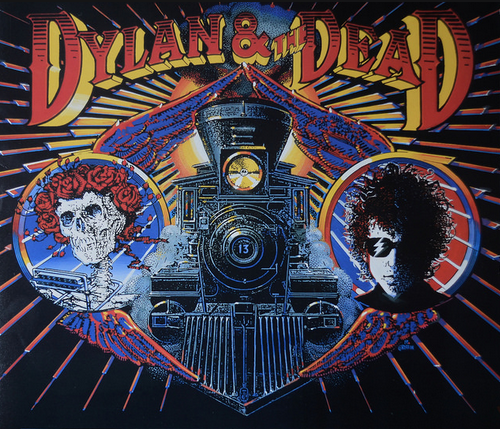Here’s a rare gem from the video vault: Tom Waits on the Australian TV program, The Don Lane Show, in 1979.
Don Lane was an American nightclub performer who somehow managed to become the Johnny Carson of Australia. The Don Lane Show ran from 1975 to 1983, and featured comedy, interviews and musical performances by a variety of international stars who were touring Australia, including Elton John, Stevie Wonder, Jerry Lee Lewis and, on more than one occasion, Tom Waits.
On his first appearance in 1979, the 29-year-old Waits gave a disjointed, comic interview (above), before going to the piano (below) to perform “On the Nickel,” which he wrote for the soundtrack of the 1980 film of the same name. “The Nickel” refers to the skid row area of Los Angeles, along 5th Street. The song was included on Waits’s 1980 album, Heartattack and Vine. Australian TV viewers apparently didn’t know what to think about the mumbling, chain-smoking singer. When Waits returned in 1981, Lane said, “The last time Tom Waits appeared with us, his unusual style and sense of humor lit up our switchboard for about an hour after the show. And not all with compliments, either.”
Related Content:
A Brief History of John Baldessari, Narrated by Tom Waits
Tom Waits Reads Charles Bukowski
Tom Waits and David Letterman: An American Television Tradition


